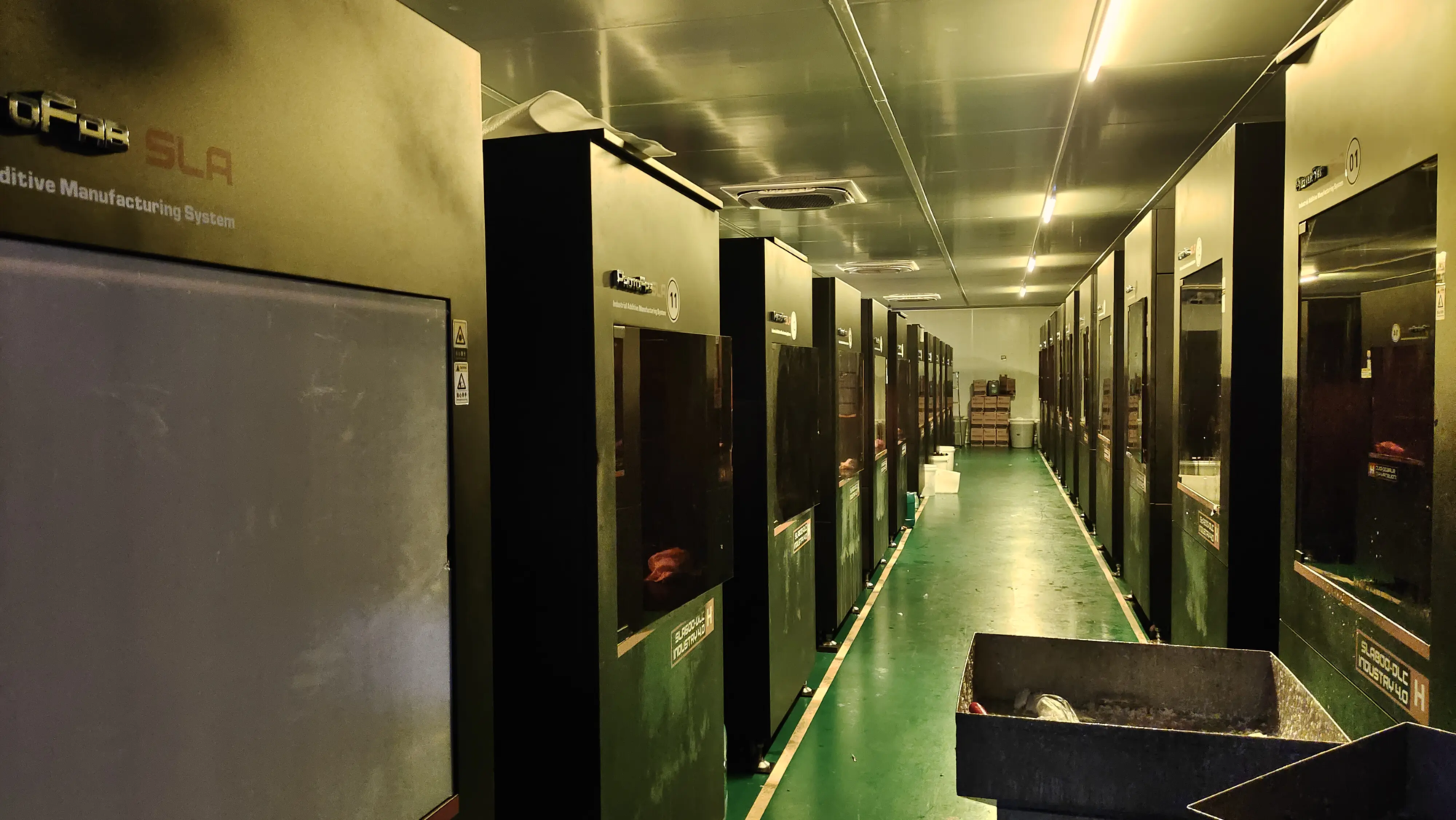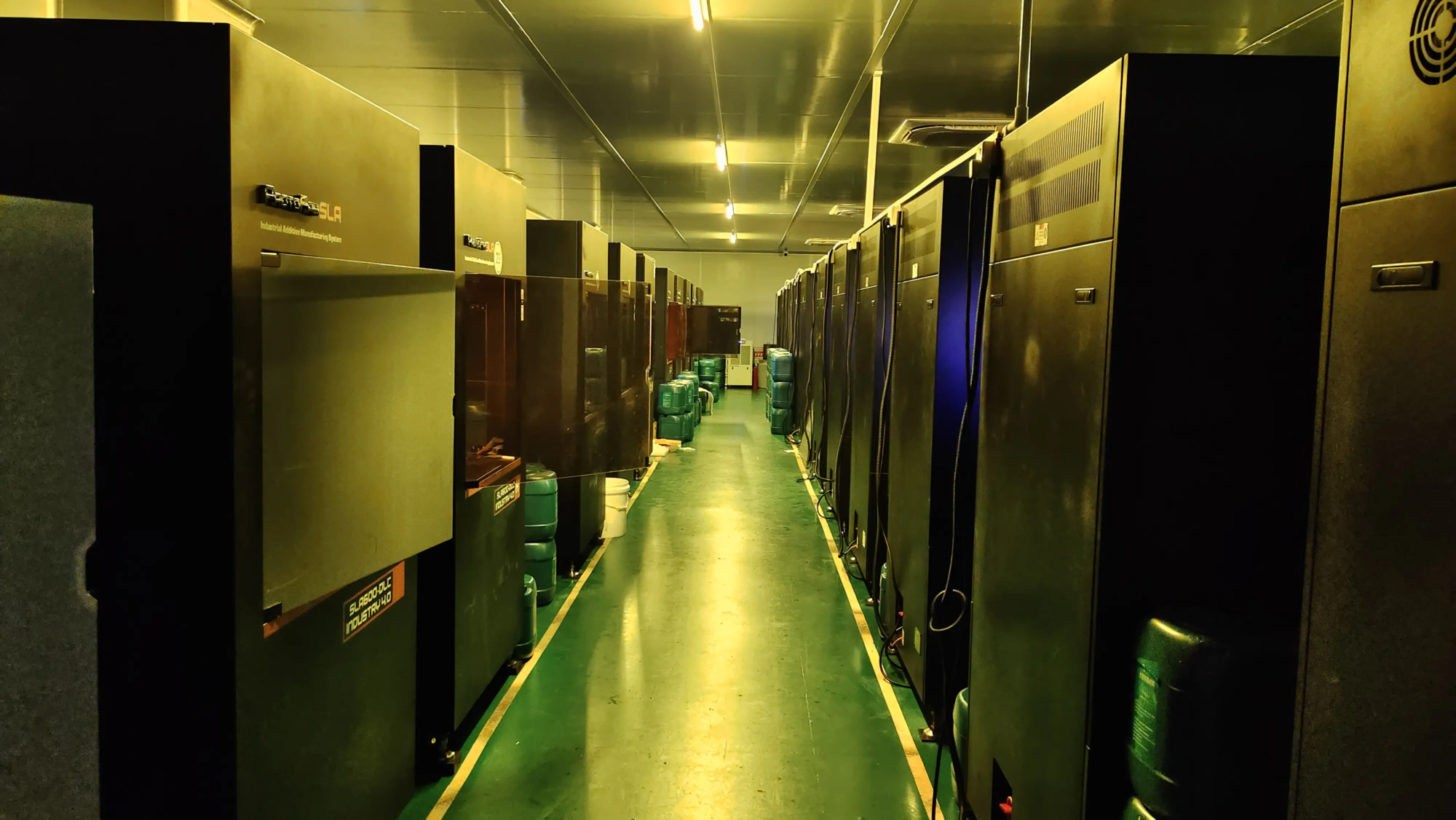This revolutionary resultBy the University of EdinburghDirector by Professor Adam A. Stokes, dean of the Bio-Engineering School, was jointly completed by students graduated from the Doctoral Training Center of Robotics and Autonomous Systems, and related researchPosted under Cell PressNewspapersuperior,and received funding from the United Kingdom Engineering and Physical Science Research Council。
What is a software robot?
Sweet robots are new robots in flexible materials, with their basic characteristics with high flexibility and environmental adaptability, capable of interacting safely with humans and penetrating complex unstructured spaces. These robots are generally softer, folded and approach organisms, so they are superior to traditional robots in terms of functionality and adaptability. Software robots are particularly suitable for performing fine operational tasks, such as the management of fragile articles, exploration in high-risk environments and even carrying out mini-invasive medical operations inside the human body.
However, the promotion of software robots has always been limited by a key problem: it is difficult to manufacture. According to the Research Team of the University of Edinburgh, the development of the field has long been limited by the lack of standardized tools and materials. Manufacturing software robots generally require high laboratory equipment, dedicated personalized 3D printers, difficult composite materials and highly specialized engineering knowledge. These technical barriers considerably limit the widespread application of software robots outside the laboratory.
A step: you can walk after printing
To this end, the research team has designed an open source 3D printer called “flexible printer”, which can use a super flexible plastic material to print a full -legged flexible robot both without any assembly or electronic components.
This 3D 3D printing platform costs less than £ 400 (around 3,887 RMB), all components can be obtained via ready-to-use parts, and users can finish construction and start printing the robot in a few days.
The real object of this robot is similar to the palm of the palm and looks a bit like a plastic insect, and is printed on a personalized “inverted” printing platform. Once the printing is finished, just connect to the compressed air, these robots can start to move with their integrated pneumatic structure without screws, cables, batteries or motors.“Leave” from the print bed。
During the printing process, the research team adopted an innovative technology called “pneumatic support columns” which can build complex geometric structures in the air while being easy to print and withdraw after printing. This technology considerably improves freedom of printing and offers the possibility of making software robots with complex structures.
What deserves to be mentioned is that this robot is made of a single material in punctual printing and incorporates a “fluid logic” structure inside. This includes an integrated pneumatic ring oscillator which can control the rhythm of movement of the robot through air pulses, completely eliminating the need for traditional electronic control systems, carrying out “electric” driving and logical control in the real direction.
Promote software robots to “get out of the laboratory
Currently, the research team has fully open source all design documents and flex printer control codes, aimed at breaking long -standing technical obstacles in the field of software robots and promoting this technology in a wider application scenario such as education, scientific research, engineering and art.
At the same time, the team has also published a “robot parts picture book”, providing users information on rich modular components, which facilitates the construction, combination and free expansion of personalized flexible robot systems, and accelerates the implementation of software robots in non -professional environments.
“In the past, it took years to master the printing skills of flexible materials, and now with this platform, anyone can easily print structures that were previously considered impossible. This is a disruptive change for engineers and artists.”
The next printing task is not a dragon egg, not a turtle carpet – but a four -legged robot that can descend by itself.
Are you ready?





